Red and Grey Squirrels in Canada and Ireland

Many different types of animals live in the forests of Ontario, but size aside, you most certainly will come upon the smallest four-legged animals that call the forests of Ontario home. Those would be squirrels. This chipmunk is a member of the squirrel family, and this little guy lives in the trees around my parents’ home at Oxtongue Lake, in Ontario.
My dad, Marvin, has done a good job of training one wild chipmunk to come and get peanuts. Or perhaps the chipmunk would disagree thinking that it has done a good job of training my dad.
My dad keeps a handy supply of peanuts for his well-trained chipmunk.
My dad’s chipmunk is so well trained that it actually follows him around the yard. It even appears to keep track of his boots to make sure he hasn’t flown the coop.
The Red Squirrel (Tamiasciurus hudsonicus) is another type of squirrel found in Ontario. Red Squirrels live mainly in the northern forests while their bigger cousins, the more common Grey Squirrels (Sciurus carolinensis), are widespread in the towns and cities in the southern parts of the province. In the United Kingdom and Ireland, Red Squirrels are being wiped out by an infection of the parapoxvirus transmitted from Grey Squirrels. The Red Squirrels of Ontario, unlike their Irish and UK brothers, are healthy and energetic.
Although this Red squirrel decided to take advantage of a free lunch, they normally eat things like wild seeds, berries, insects, and even small mammals.
You will see in this video a baby Red Squirrel, which is only slightly larger than its smaller cousin, the chipmunk.
Red squirrels stand out in a world of green plants so it is easy for hawks, owls, wolves, and even bobcats to prey upon them. Even so, red squirrels are plentiful in Ontario.
When Bob and I made a trip to Ireland, we both knew that our chances of seeing a native Red Squirrel anywhere in Ireland, or the United Kingdom for that matter, were pretty slim. In the Wicklow Mountains, Red squirrels have been dying within 3 to 4 days of coming into contact with Grey squirrels and contracting the parapoxvirus.
The Grey Squirrel in both Ireland and the United Kingdom is not a native species. In fact, the Grey squirrels over there originated in North America. Back in the late 1900’s, during the Victorian era, North American Grey squirrels were deliberately released in Ireland and the United Kingdom. People back then thought they would look cute in their parks and gardens. As things turned out, North American Grey squirrels carried the parapoxvirus to the native Red squirrel population in those countries. They, themselves, are immune to it.
As Bob and I hiked through the forests of the Wicklow Mountains near Glendalough, we kept our cameras ready and watched to see if a Red squirrel might cross our paths.
After taking a short break in this rocky hollow, the luck of the Irish came to us, and a rarely-seen Red Squirrel actually darted out from behind a nearby tree.
The Red Squirrels in Ireland and the United Kingdom look somewhat like our Ontario Red Squirrels, but boy, do they have long ears!! Well, not really, but the tufts of hair on top of their ears make them look very long.
In this video, you get to see two different Red squirrels that we came across during our time in Ireland. The first is the Red squirrel that we saw in the Wicklow Mountains near Glendalough. The second is a Red Squirrel that lived in the forest beside Ashford Castle, near Cong on the Mayo/Galway border.
We were pleased to see any red squirrels in Ireland knowing how rare they are. Since our visit, we have read reports of Red squirrels having died from the virus in the Wicklow Mountains.
Red squirrels that contract the pox virus develop runny and puffy eyes and lesions on the skin. They often die within 3 to 4 days after contracting the virus from Grey squirrels. In many parts of England, to help protect the Red squirrels, Grey squirrels are now being controlled by the Forestry Commission using lethal means. Red squirrels are widespread in other parts of Europe, and there is talk of reintroducing them into the U.K.
Back in Canada, in my backyard, the Grey squirrels go about their business of foraging.
And the lineups are long as the Black and Grey squirrels compete to jump onto my bird feeders. In fact, one of them can jump over ten feet through the air and land safely at this feeding station. I put the suet out at strategic times to foil their insatiable appetites.
And this video fittingly shows the dance of the flying squirrel. It is simply unbelievable.
They certainly are crafty, and for now, the battle to defeat the squirrels continues. I am determined to outsmart them, and they undoubtedly outwit me.
If you would like more information regarding efforts to save Red squirrels in Ireland and the United Kingdom, visit the following websites: Ireland’s Wildlife and Red Squirrels Northern England
Related:

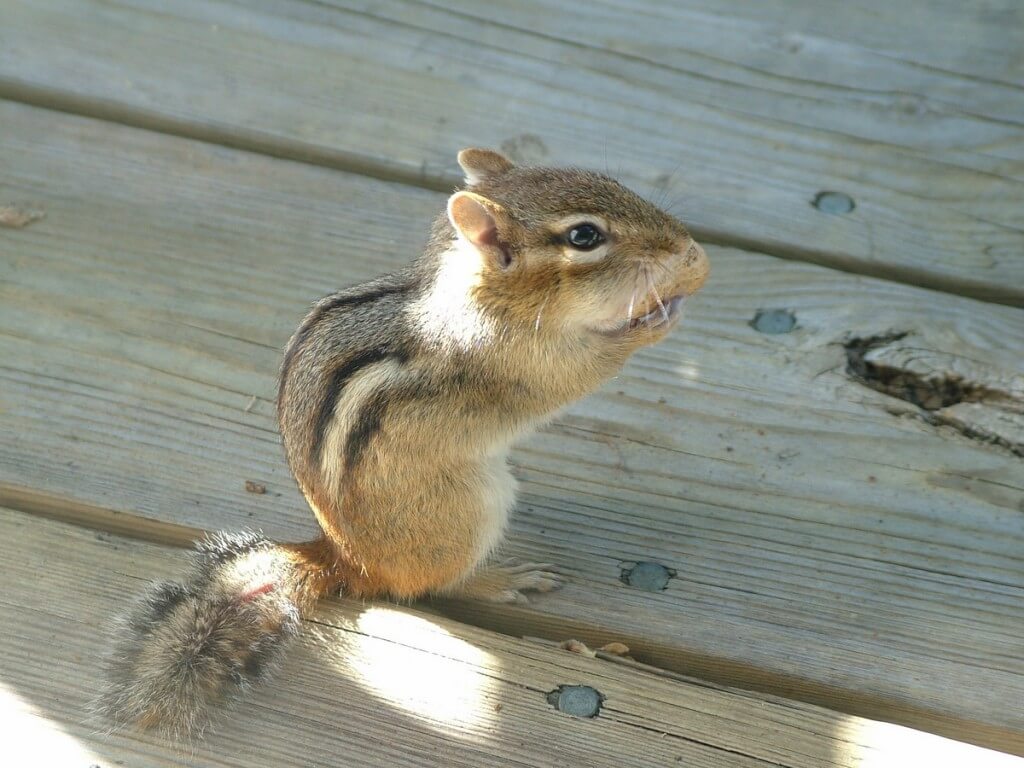


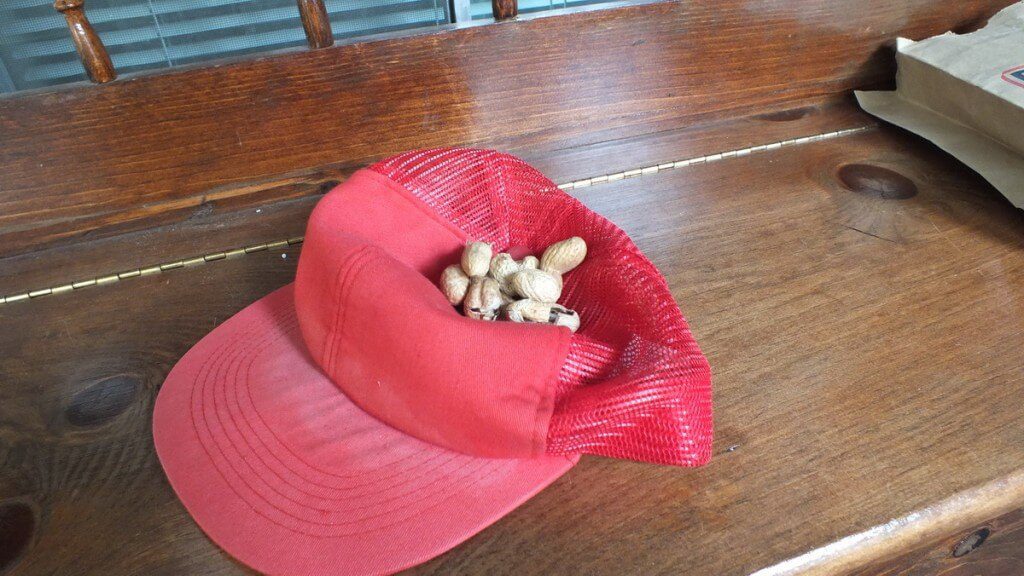
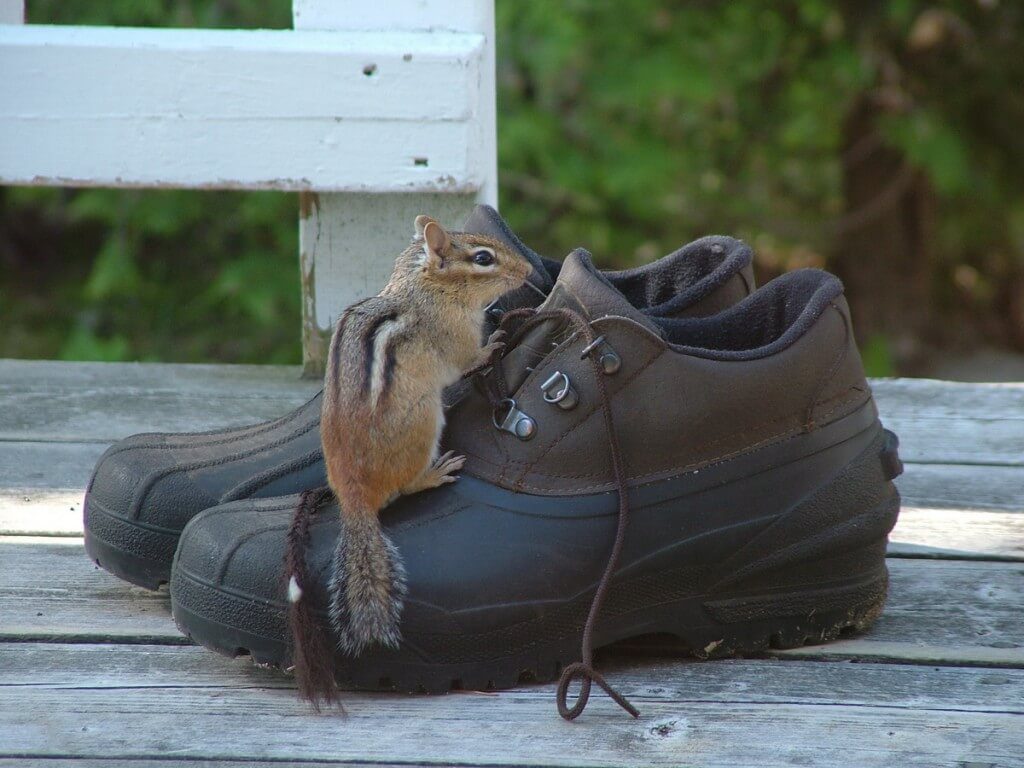


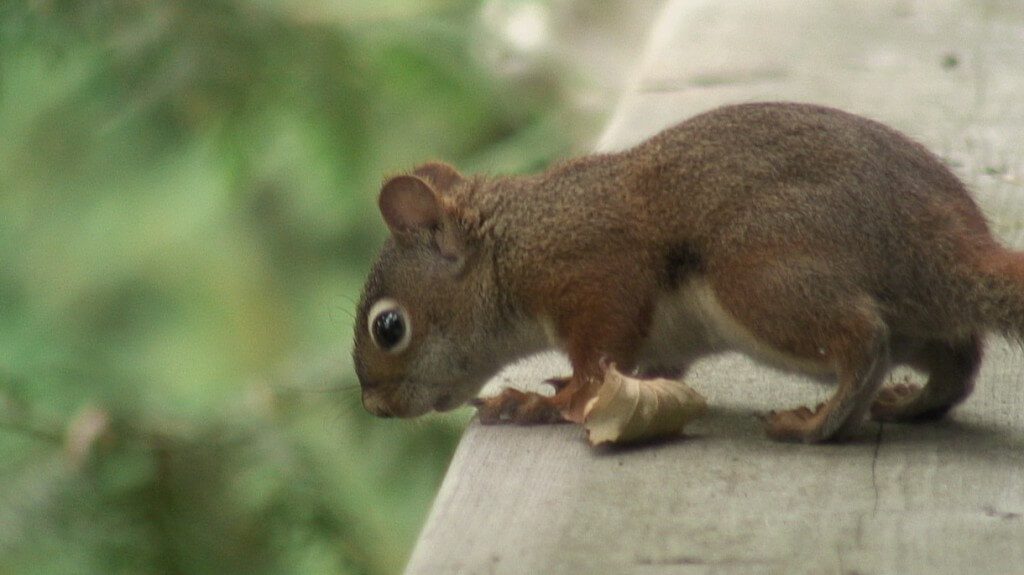
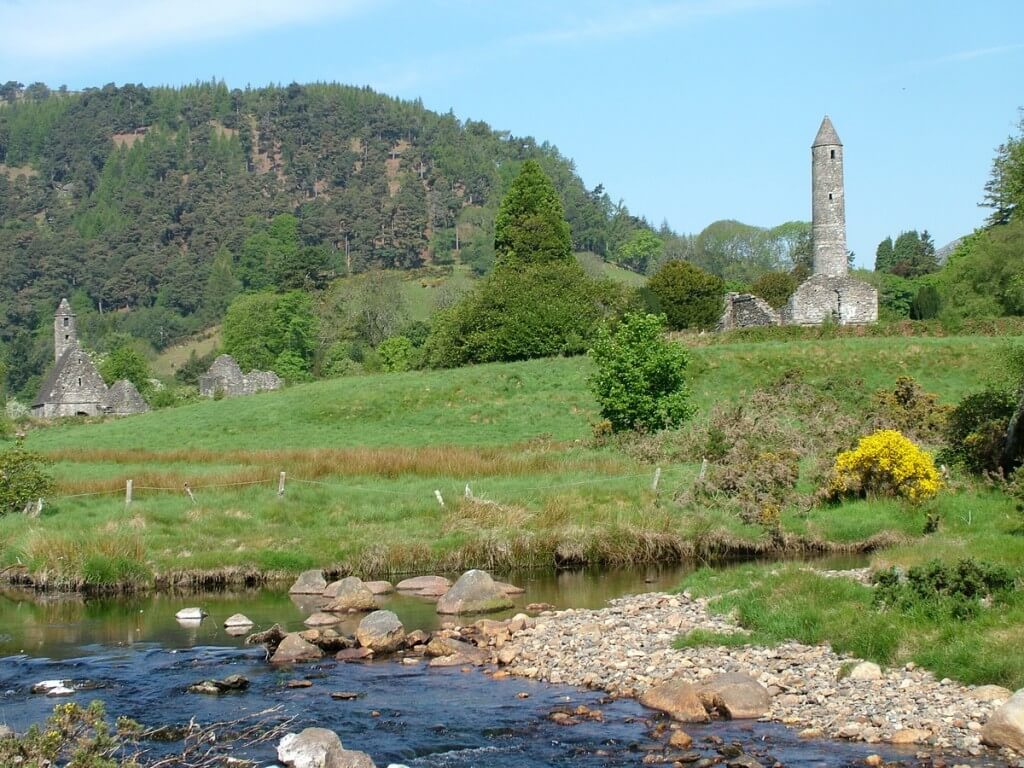




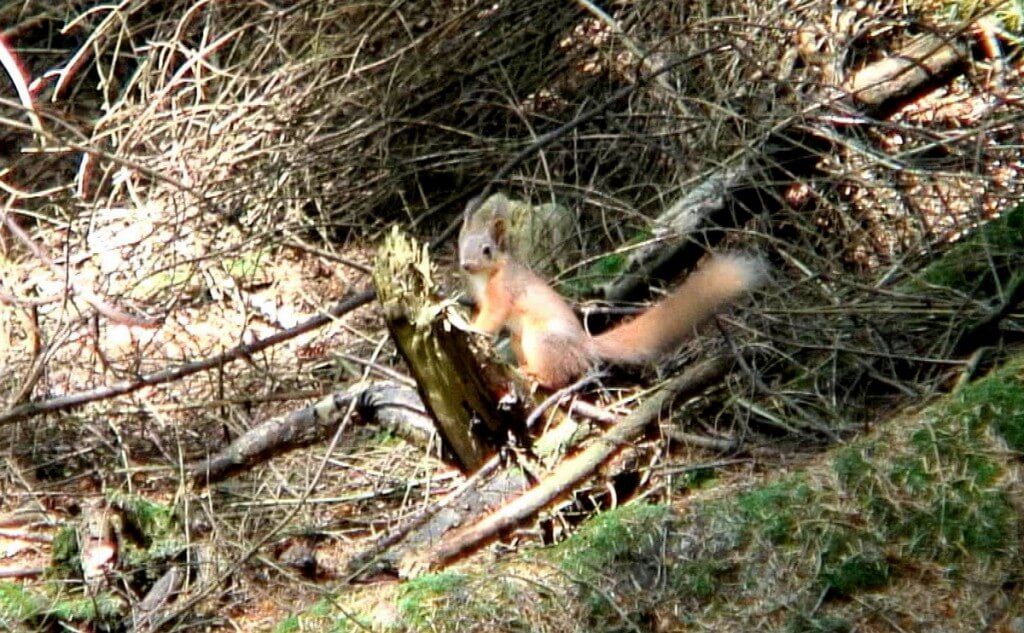

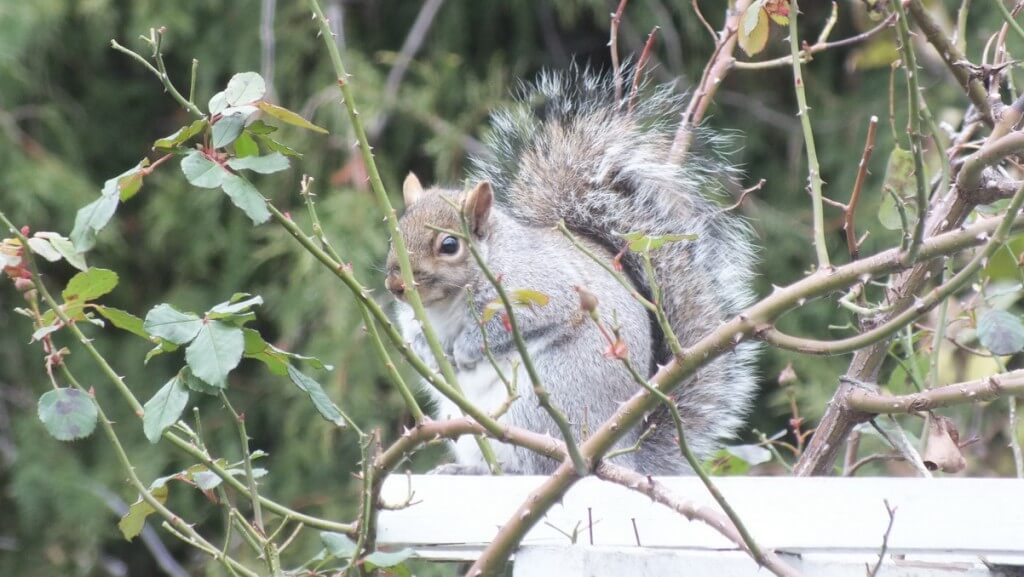
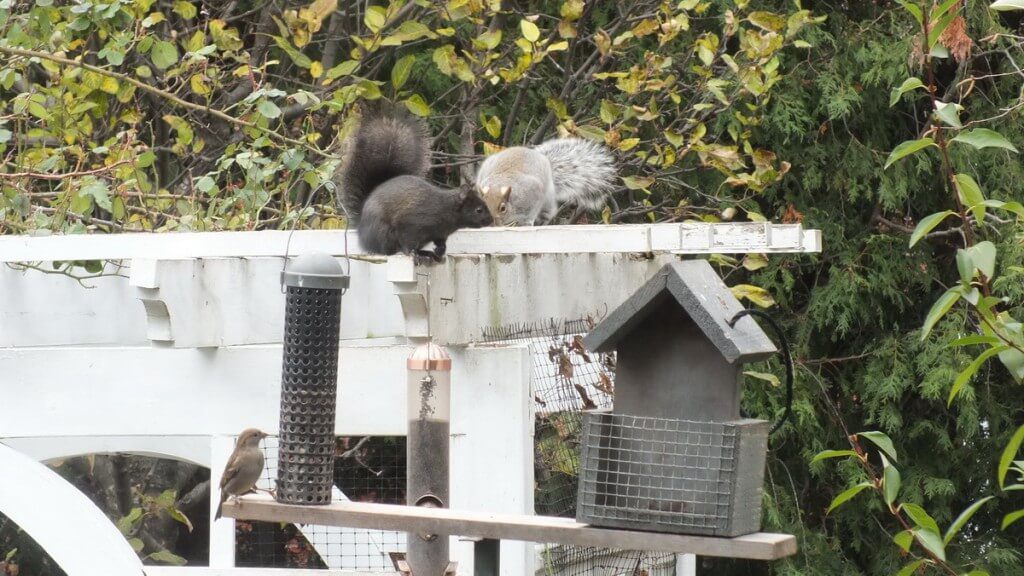
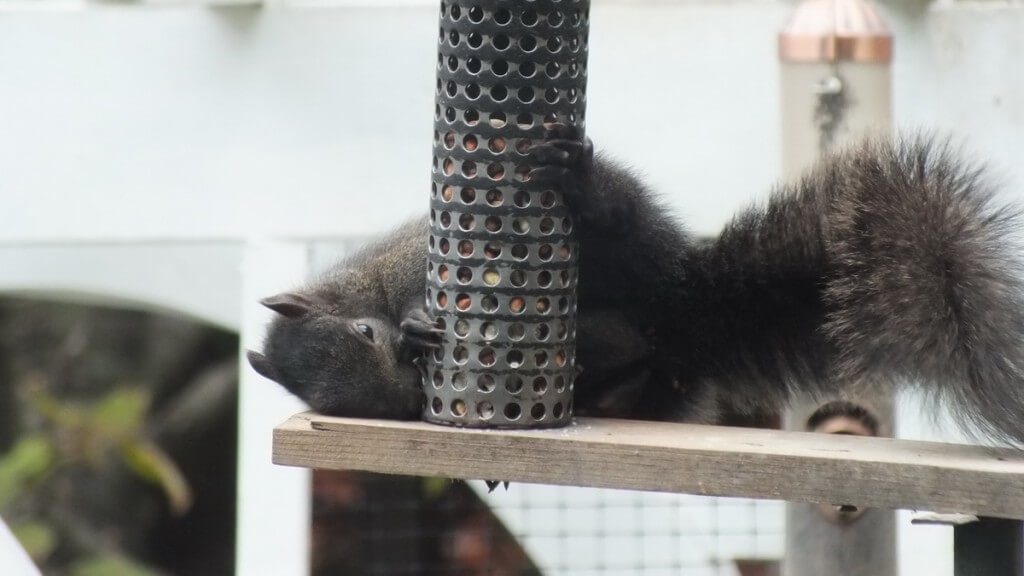

chainsore has made a comment on DAMN THOSE SQUIRRELS at my FEEDER – can I ever win??? video
…”dont you have a gun ?lol” ….
http://www.youtube.com/user/chainsore
From: “Little Paxton Pits Nature reserve”
Comment on your posting:
“You know, we have squirrels at my feeders too, and there is no way on this earth, that I would ever try to stop them. They get a long fine with all the other feeder visitors too, I love the black and grey squirrels 😉 and because of mankind, not the greys or blacks, we do not have any red squirrels, but I love those too. Be honest, we cut down a lot of forest, which was their home, where else they supposed to go ? Man invented a poison to kill the grey, they became immune to that Pox”.
visit our Nature reserve website at: http://www.youtube.com/user/Zoltrix67
From: alicepopkorn
Comment on your video: Red Squirrel (Tamiasciurus hudsonicus) in Ontario, Canada
lovely little guy 🙂
from: https://www.youtube.com/user/alicepopkorn
Tollymore Forest Park
Red Squirrel Group
Monday, November 26, 2012
Hello Bob
Thank you for sharing your red squirrel pictures and video with us. It is great that you were able to see red squirrels on your visit to Ireland as many people living here have yet to see one.
Regards
Janette
Secretary
The Tollymore Red Squirrel Group was formed in 2004 by a group of volunteers and Forest Service management and staff, united by a common concern – the loss of the red squirrel in Tollymore Forest Park. Co. Down, Northern Ireland
http://www.tollymoreredsquirrelgroup.com/irelandssquirrels/
Thanks for finding my blog and in turn allowing me to pop in on you:)
You know ~ you and I are making a mistake that has been made by many many in our regions of North America… that mistake… calling our native PINE Squirrels RED Squirrels. I guess we do it by instinct … we have the Grey, the Black … distinguished by color so we also say the Red… but they really are the Pine. Red Squirrels however are found out in the western states and provinces of Canada ~ those with the long ears like those of Ireland.
Thanks for commenting on my blog and sharing about the weasel. I really have never seen one climb a tree that size before; I guess we’re never to young to learn something new.
My dad lives near Algonquin Provincial Park, and late last fall, a weasel emerged from underneath the neighbour’s house, crept across the freshly fallen snow, and climbed up onto my dad’s deck. Finding nothing to eat there, it promptly sauntered into the backyard and disappeared into the woods out behind their home. The weasel was totally camouflaged with its white fur, all except for the black tip on its tail. I would love to have seen it.
November 21, 2012
Blogger Squirrelmama from “Grey, and Red, A Squirrel Journal” said…
Hi Bob, I look forward to visiting your site – as you can probably guess correctly, I can NEVER see too many pictures of squirrels! I love them all.
It’s rather sad about what’s going on in the UK, where the grey is, unfortunately, an introduced species and as a non-native, proliferates rather freely. Add to the expanding population of greys the fact that they are a vector for pox and you have the makings of a tragedy. I know the government has sanctioned “culls” of the greys, and there is even encouragement to put them on local menus (rather unfortunate) but of course, the saddest part of all this is that it was the result of humans’ unthinking interference. I know the Eurasian reds are a national treasure in the UK – from Wales to Ireland to England, and yes, they sure are lovely! In Toronto I believe you are graced with the beautiful white squirrels, are you not? I know of a couple living in London, Canada, and they celebrate the population of whites near them.
Looking forward to your photos…..All the best
http://greyandred.blogspot.ca/2012/11/nuts-to-this-parade.html
Cool pics and awesome videos. It’s a shame that greys are out-competing these little tough guys, but there is hope for our fury red friends yet, conservationist have their eyes set on preservation. So keep on taking the beautiful pictures and spread the word, so other may one day see red squirrels outside of a museum (not that there is anything wrong with museums). Thanks for sharing!
Thanks for the encouragement. It is always good to spread the word in hopes that change will be initiated and steps taken to save the squirrels.
Skippy Sheeskin
Wonderful and interesting site. I very much enjoyed this.
The regulars at #squirrelsaturday would love to see any pictures or posts you’d care to share.
Sara Garcia Hipolito
Great photos Bob!
Great post about our squirrels in Ontario and the ones in Ireland. I hadn’t heard that the Red squirrels were in trouble over there! They do look a bit funny with those ears, and they seem to appear much ‘redder’ than ours, which are more of a brown rusty colour sometimes? And…who doesn’t love chipmunks?? The Eastern chipmunk is a favourite animal of mine when camping in our Ontario Parks. I’ve been lucky enough to see the Least chipmunk as well, up in northern Ontario. They’re smaller and have different stripes than the chipmunks we get in southern Ontario.
We appreciate your comments about our blog post. When first, Bob and I, saw the red squirrel in Ireland, we thought it was in a state of alarm judging by the “startled” posture of its ears. We soon learned that the squirrels always have a frenzied appearance because of the long tufts on top of their ears. They are so endearing.
Caryn Eve Murray
This is a stunning and wonderful collection of squirrel experiences – the display of whimsy and mutual trust between your Dad and his little chipmunk was so touching and fabulous. The photo of the poor unfortunate red squirrel in the UK, felled by pox, was tragic and upsetting. The Irish squirrels….the varieties of Canadian squirrels….all remarkable, respectful, affectionate and meaningful.
Thank you for crafting an eloquent overview and for sharing this with us, Bob!
I hope my friends +Skippy Sheeskin and +Beth Blackwell will visit your site and enjoy your videos and photo essay.
Please feel free to join us in posting photos here on #squirrelsaturday.
Thank you for your post and video clip.
We have a very healthy population of red squirrel in the Cairngorms National Park that are breeding well. There are very few, if any, grey’s in the National Park, but they do potentially pose a threat to our native red’s through the possible spread of the pox virus that you mention. For that reason lethal control is undertaken of any grey squirrels seen near the boundaries of the National Park. Hopefully this management will continue to see this area as a stronghold for this iconic species.
Best wishes
Justin
Cairngorms Nature Officer/Ranger Support Officer
Cairngorms National Park Authority
14 The Square
Grantown-on-Spey
United Kingdom
Great photos and video! Thank you for your comment on my website (www.gardenofireland.com). You were very lucky to see both red squirrels, but particularly the one in Glendalough, as they are notoriously shy there.
Yes, we were quite surprised to see the red squirrel in Glendalough. We had spoken at length with one of the park employees there, before heading out on our walk, and he, too, had indicated that seeing a red squirrel was unlikely. I think there is a lot to be said for pausing along the way and giving nature a chance to unfold before you.
Thanks for sending me the link. I’m involved in red squirrel conservation in Ireland and it’s nice to see the message is getting out there.
I hope our blog has helped to enlighten the public about the ongoing efforts to save the red squirrels.
What fantastic photos. Thanks for sending me the link to them. Such beautiful views and such adorable animals. I’m well jel that you see chipmunks and bears!
The red squirrels you were lucky enough to see in Ireland will have been Sciurus vulgaris, not Tamiasciurus hudsonicus as you have in Canada. It seems that T. hudsonicus survives the poxvirus as Sciurus carolinensis does (though perhaps not by the same mechanism: I don’t know) whereas S. vulgaris dies. Btw the S. vulgaris ears that look long aren’t really long. They just have long tufts of fur on top.
Squirrels are adorable, aren’t they? As a child, growing up in northern Ontario, I have fond memories of waking from my slumber on a warm summer’s day, and the first sound I would hear was the chitter chatter of red squirrels in the tall pines beside our home. Even today, hearing those noises carries me back to that simpler place and time.
Cute post and photos. I love the shot of the chipmunk and your dad. A wonderful series of critters. the bears and moose are some of my favorites. Have a great weekend
thanks, Eileen. My dad really enjoys the company of the chipmunks. One summer, he had a chipmunk trained to follow him around the yard, climb up his pant leg and descend into the creases of his deep pockets to retrieve peanuts in the shell. Chipmunks become little companions for my dad, and bring joy to each day.
Thanks for sharing this with us. It was nice seeing your mom & dad feeding the chipmunk. Love your pictures or Ireland. Great photography!!!
thanks for your kind comments. Bob and I always find the chipmunks and squirrels quite entertaining. Here, at our home in Toronto, both black and grey squirrels populate our backyard…several of each! It is a task trying to keep them from gorging at our bird feeders, but they always manage to score tidbits and also appreciate our bird bath for a ready drink of water.